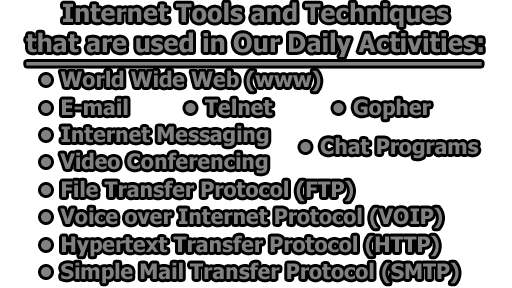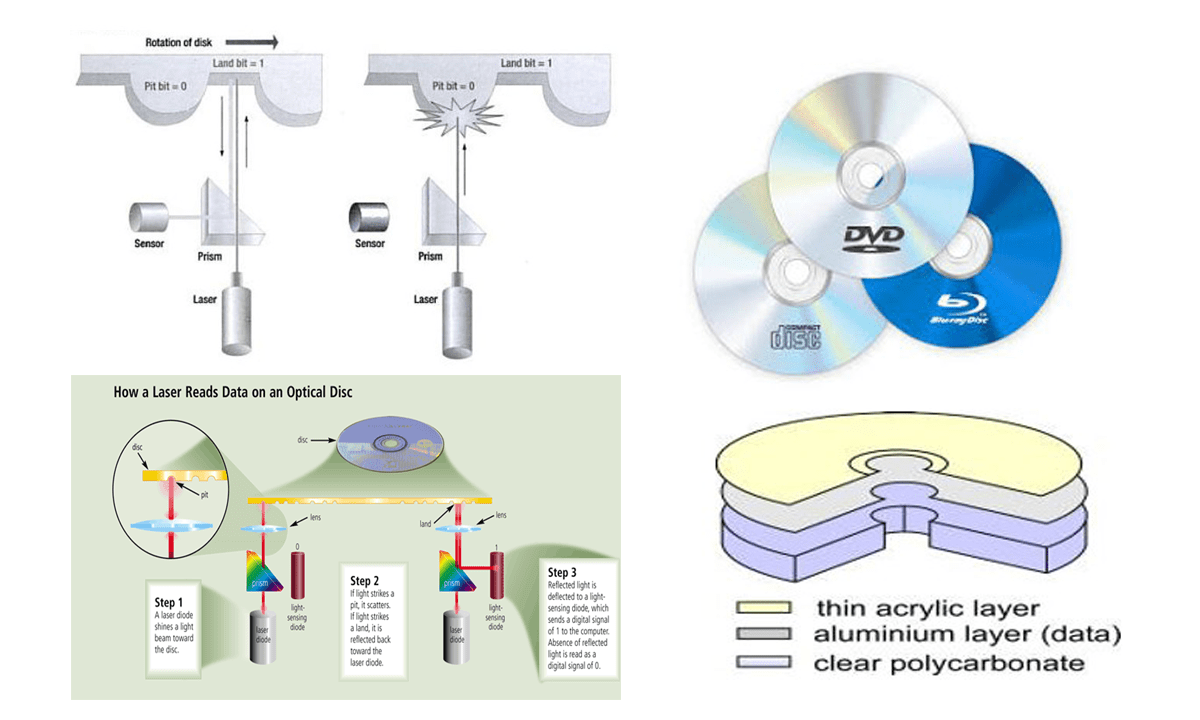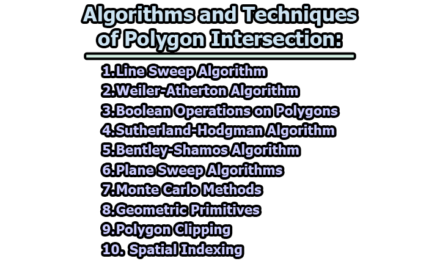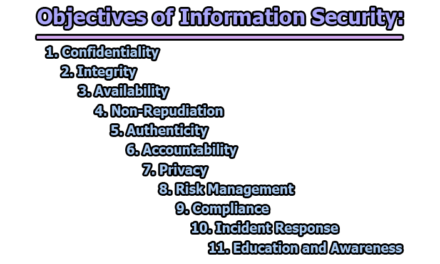Internet Tools and Techniques that are used in Our Daily Activities:
The internet has revolutionized the way we communicate and access information. There are several internet tools and techniques that are used in our daily activities. Here are some of them:
- World Wide Web (www): The World Wide Web is a system of interlinked hypertext documents that are accessed through the internet. It is the most popular and widely used internet tool today. It allows users to access information, conduct research, purchase products, and interact with others through various websites.
- E-mail: An email is a tool that allows users to send and receive messages electronically. It is one of the oldest and most widely used internet tools. Email is used for personal and professional communication, as well as for marketing and advertising purposes. It is an efficient and cost-effective way to communicate with others over long distances.
- Telnet: Telnet is a protocol that allows users to access and manage remote computers over the internet. It is commonly used by system administrators to manage servers and network devices. Telnet allows users to execute commands and perform administrative tasks on remote computers without physically being present.
- Gopher: Gopher is a protocol that allows users to access and search for information on the internet. It was popular in the early days of the internet but has since been replaced by the World Wide Web. Gopher is still used by some users for specific purposes, such as accessing library catalogs and scientific databases.
- Internet Messaging: Internet messaging refers to the use of messaging apps and platforms to communicate with others over the internet. Some popular internet messaging platforms include WhatsApp, Facebook Messenger, and Signal. Internet messaging is used for personal and professional communication, as well as for marketing and advertising purposes.
- Video Conferencing: Video conferencing allows users to communicate with others in real time using video and audio technology. It is commonly used for remote meetings, interviews, and job interviews. Video conferencing has become increasingly popular in recent years due to the COVID-19 pandemic and the rise of remote work.
- File Transfer Protocol (FTP): FTP is a protocol that allows users to transfer files between computers over the internet. It is commonly used by web developers to upload and download files to and from web servers. FTP is also used for file sharing and collaboration purposes.
- Voice over Internet Protocol (VOIP): VOIP is a technology that allows users to make voice and video calls over the internet. It is commonly used for personal and professional communication, as well as for customer service and support purposes. VOIP is an efficient and cost-effective way to communicate with others over long distances.
- Hypertext Transfer Protocol (HTTP): HTTP is a protocol that allows web browsers to communicate with web servers. It is used to request and receive web pages and other resources from web servers. HTTP is the foundation of the World Wide Web and is essential for accessing and using websites.
- Simple Mail Transfer Protocol (SMTP): SMTP is a protocol that is used to send and receive email messages over the internet. It is used by email clients to send messages to email servers, and by email, servers to deliver messages to the intended recipients. SMTP is an essential part of the email infrastructure and is used by millions of users every day.
- Chat Programs: Chat programs are tools that allow users to communicate with others in real-time using text, audio, and video technology. Some popular chat programs include WhatsApp, Facebook Messenger, and Slack. Chat programs are used for personal and professional communication, as well as for collaboration and project management purposes.
In conclusion, these are some of the internet tools and techniques that are used in our daily activities. They have revolutionized the way we communicate, access information, and conduct business. These tools and techniques have made it easier and more efficient to work and connect with others from anywhere in the world. As technology continues to evolve, we can expect to see even more advancements in internet tools and techniques that will further enhance our daily activities. It is important to note that while these tools and techniques offer numerous benefits, they also come with some risks. It is essential to use them responsibly and take measures to protect personal and sensitive information from potential cyber threats. It is recommended to use strong passwords, enable two-factor authentication, and keep software and security patches up to date. By being aware of the risks and taking necessary precautions, we can continue to use internet tools and techniques safely and effectively.
Overall, the internet has transformed the way we live and work, and these tools and techniques have become an integral part of our daily lives. With continued advancements and innovations, we can expect to see even more exciting developments in the future.
References:
- “World Wide Web”, W3C, https://www.w3.org/standards/webdesign/
- “Email”, Techopedia, https://www.techopedia.com/definition/157/e-mail
- “Telnet”, Techopedia, https://www.techopedia.com/definition/1977/telnet
- “Gopher”, Britannica, https://www.britannica.com/topic/Gopher-computer-protocol
- “Internet Messaging”, Techopedia, https://www.techopedia.com/definition/31590/internet-messaging
- “Video Conferencing”, Techopedia, https://www.techopedia.com/definition/30556/video-conferencing
- “File Transfer Protocol”, Techopedia, https://www.techopedia.com/definition/255/file-transfer-protocol-ftp
- “Voice over Internet Protocol”, Techopedia, https://www.techopedia.com/definition/24406/voice-over-internet-protocol-voip
- “Hypertext Transfer Protocol”, Techopedia, https://www.techopedia.com/definition/29144/hypertext-transfer-protocol-http
- “Simple Mail Transfer Protocol”, Techopedia, https://www.techopedia.com/definition/977/simple-mail-transfer-protocol-smtp
- “Chat Programs”, Techopedia, https://www.techopedia.com/definition/30455/chat-program

Assistant Teacher at Zinzira Pir Mohammad Pilot School and College










